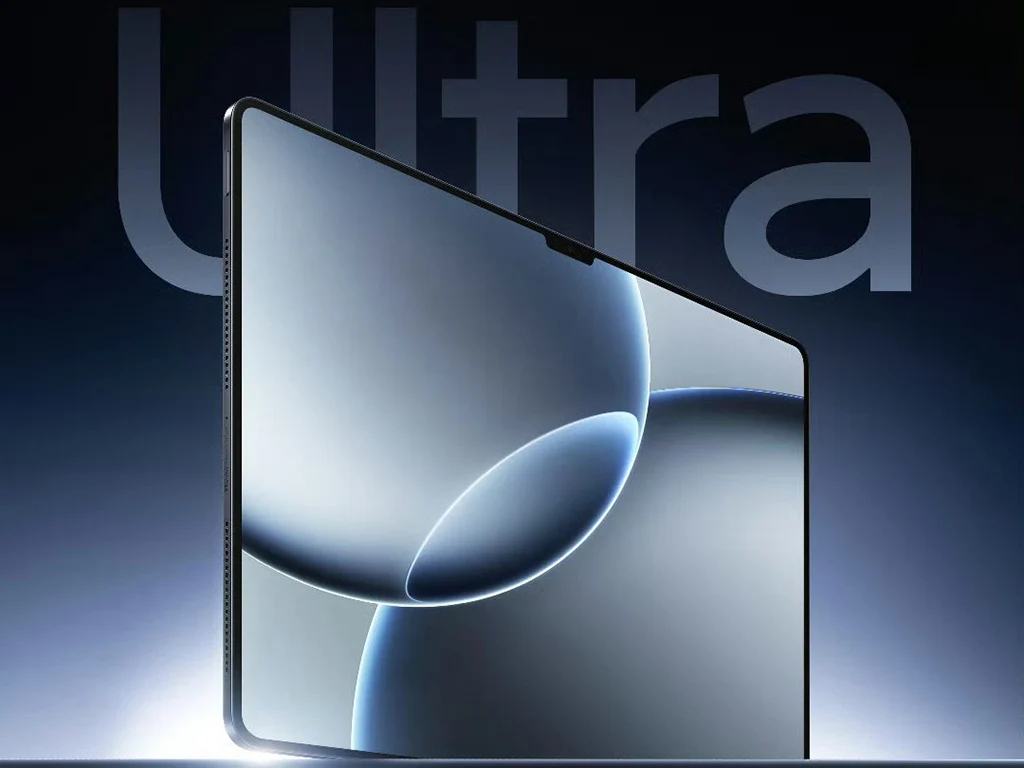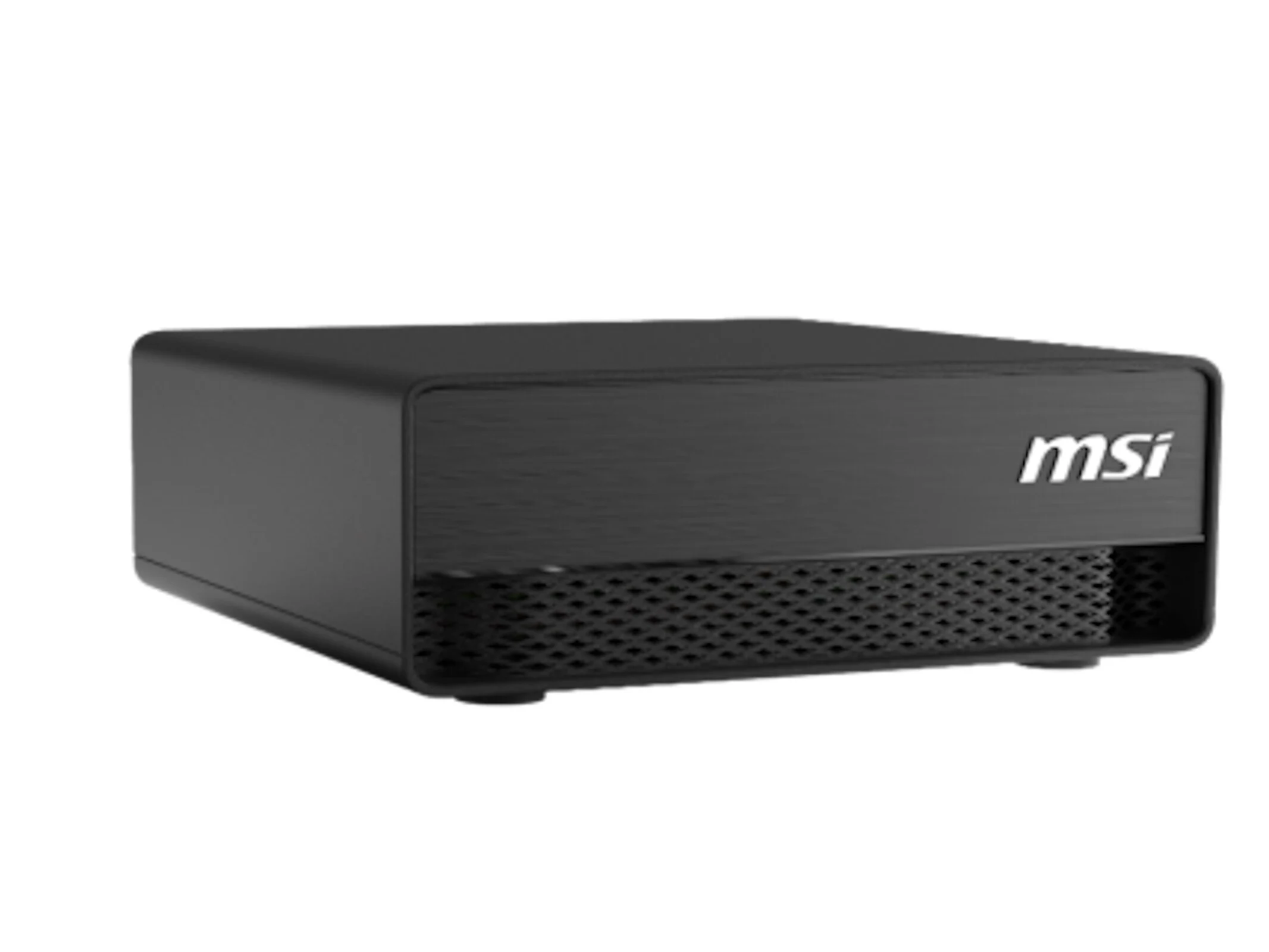Key Takeaways
1. Two new OnePlus smartphones are rumored: OnePlus Ace 5 Extreme and OnePlus Ace 5 Racing editions.
2. Leaked images confirm both models will have flat displays with slim bezels and a punch-hole front camera.
3. The Ace 5 Extreme Edition features a customizable Plus Key, while the Racing Edition has standard buttons.
4. Both models will have dual rear cameras and are expected to use MediaTek Dimensity chipsets.
5. Both smartphones are likely to have batteries over 7,000 mAh, but no launch date or global availability details are provided.
Hardly any time has gone by since a leaked photo showed two new OnePlus smartphones, which will be positioned below the OnePlus 13 in the company’s lineup (curr. $949 on Amazon). The image mainly displayed the back design of the devices, which are speculated to be the OnePlus Ace 5 Extreme and OnePlus Ace 5 Racing editions. Now, Evan Blass has added to the speculation with a collection of leaked promotional images.
Leaked Images Confirm Designs
The leaked images seem to confirm that both models will come with flat displays that feature a punch-hole for a single front camera. Similarly, both devices have relatively slim bezels around the displays. However, only the model that Blass refers to as the Ace 5 至尊版, which can be translated as the Ace 5 Extreme Edition or Supreme Edition, includes OnePlus’ new customizable Plus Key. In contrast, the Ace 5 竞速版 (Ace 5 Racing Edition) only has the standard power and volume buttons.
Powerful Camera Systems
Despite what it may seem, both new Ace 5 models are equipped with two rear-facing cameras. Currently, they are expected to be powered by the latest MediaTek Dimensity chipsets. The Ace 5 Extreme Edition might compete with the Find X8s series, featuring the Dimensity 9400+ that was introduced last month. Meanwhile, the Ace 5 Racing Edition is likely to use the slightly slower Dimensity 9400e, which was released less than a week ago. Both of OnePlus’ new Ace 5 models are anticipated to pair these powerful chipsets with batteries that surpass 7,000 mAh in capacity, thanks to the integration of silicon carbon technology. However, a launch date or any details about global availability have yet to be revealed.
Source:
Link

















